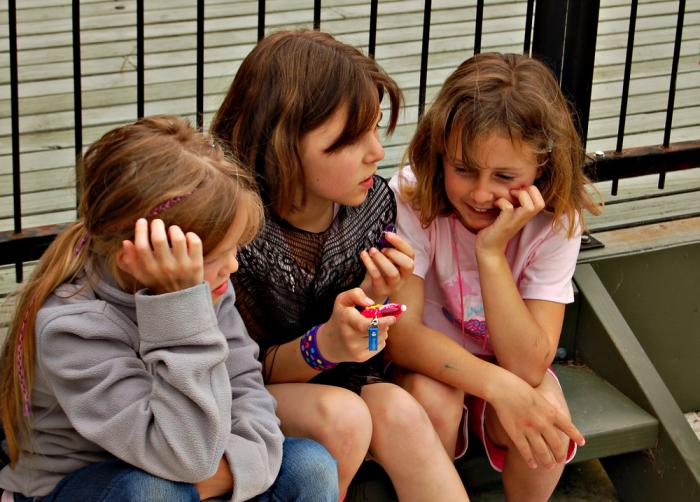- Home
- Play & Learn Home
- Online Enrichment
- Experience Modern Israel
- Israel It's Complicated
- Jewish and Me
- Jewish Holidays Jewish Values
- Jewish Values in Genesis and Jewish Values in Exodus
- Min Ha’aretz
- Our Place in the Universe
- Simply Seder
- The Prophets: Speaking Out for Justice
- Making T'filah Meaningful
- Make, Create, Celebrate
- Yom Haatzmaut Resources
- Hebrew Apps
- About The OLC
- What is the OLC?
- Introduction
- Get Started
- Resources
- OLC Content
- Parent Materials
- See My OLC Classes
- Store
Keep the Peace at School
David*, a seventh-grader at San Diego Jewish Academy, was merely trying to research his report in a class at school. But Rachel*, in grade 8, seized the opportunity to tease him: When David typed on his keyboard, Rachel did the same. When David banged his fist in frustration, Rachel mimicked his action. Soon the entire class gathered around her, thoroughly entertained by David's impossible and ridiculous predicament. As his classmates laughed, David felt humiliated-and completely alone.
Enter Matt Goldklang, 14, and Dani Shapiro, 13, both eighth-graders who were trained as peer mediators in SDJA's new Gishur program. Summoned by a teacher who witnessed the incident, Matt and Dani met with David and Rachel and gave them a chance to tell their sides of the story.
"At first," says Matt, "Rachel denied what she did. But once she heard how David felt, she admitted it, realized it was wrong, and apologized." With Matt and Dani's help, the students drew up a contract where both agreed not to make fun of each other.
The goal of Gishur, explains program director Marjorie Morrison, is to allow middle-schoolers to resolve conflicts without involving the administration, and to teach leadership and problem-solving skills to the mediators. As part of their training, Dani and Matt attended a full-day program, and they meet regularly throughout the year with 12 other student mediators. The program has been extremely successful, with students sorting out up to three conflicts every week.
"I think," says Marjorie, "the mediators are amazed at how well the process works and how effective they can be."
Through Gishur, Matt has learned to see two sides to every story. Yet ultimately, explains Dani, peer mediation helps create and keep peace at school: "It helps people realize," she notes, "that what they do affects others' feelings."
*names changed to maintain privacy
0


